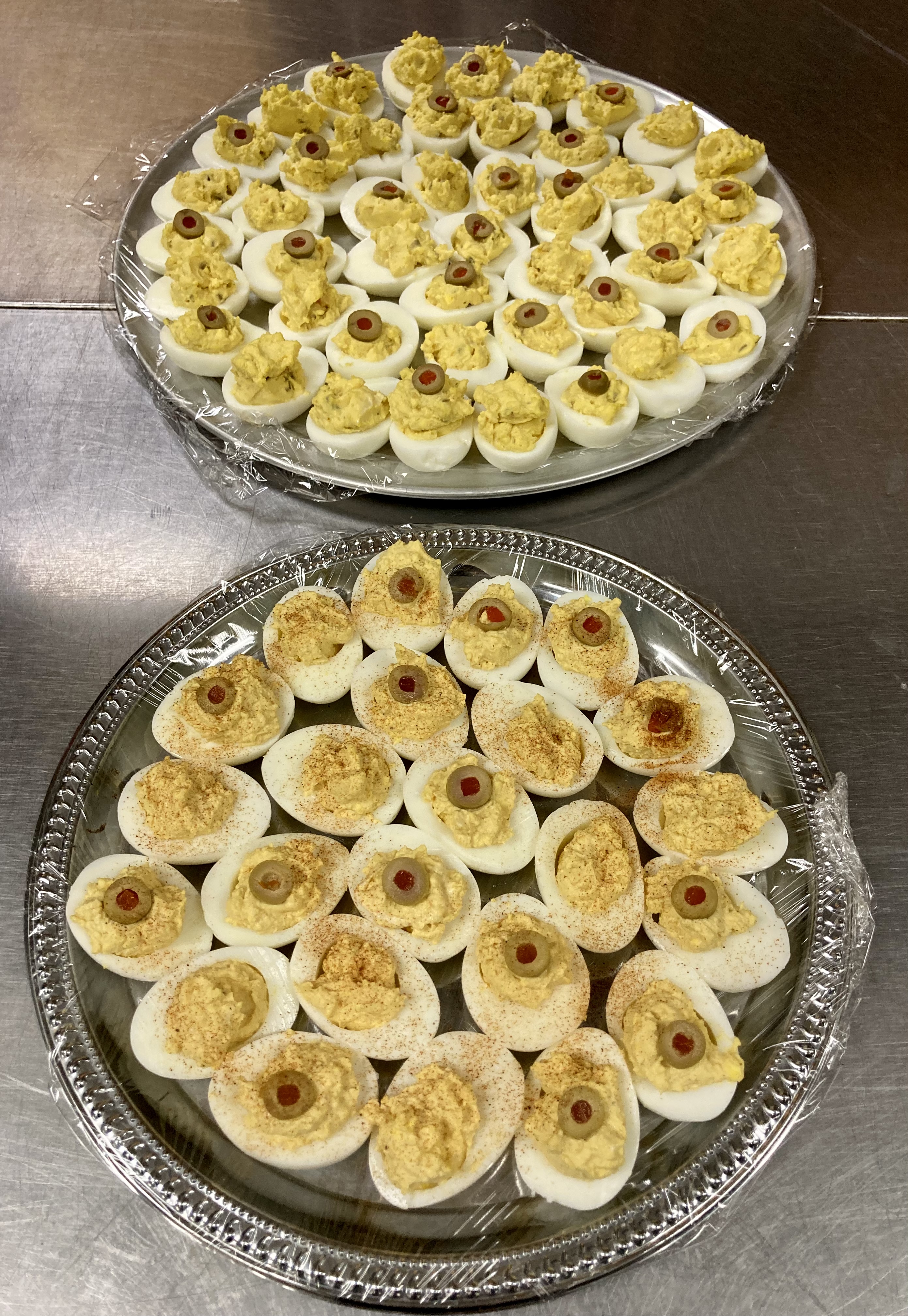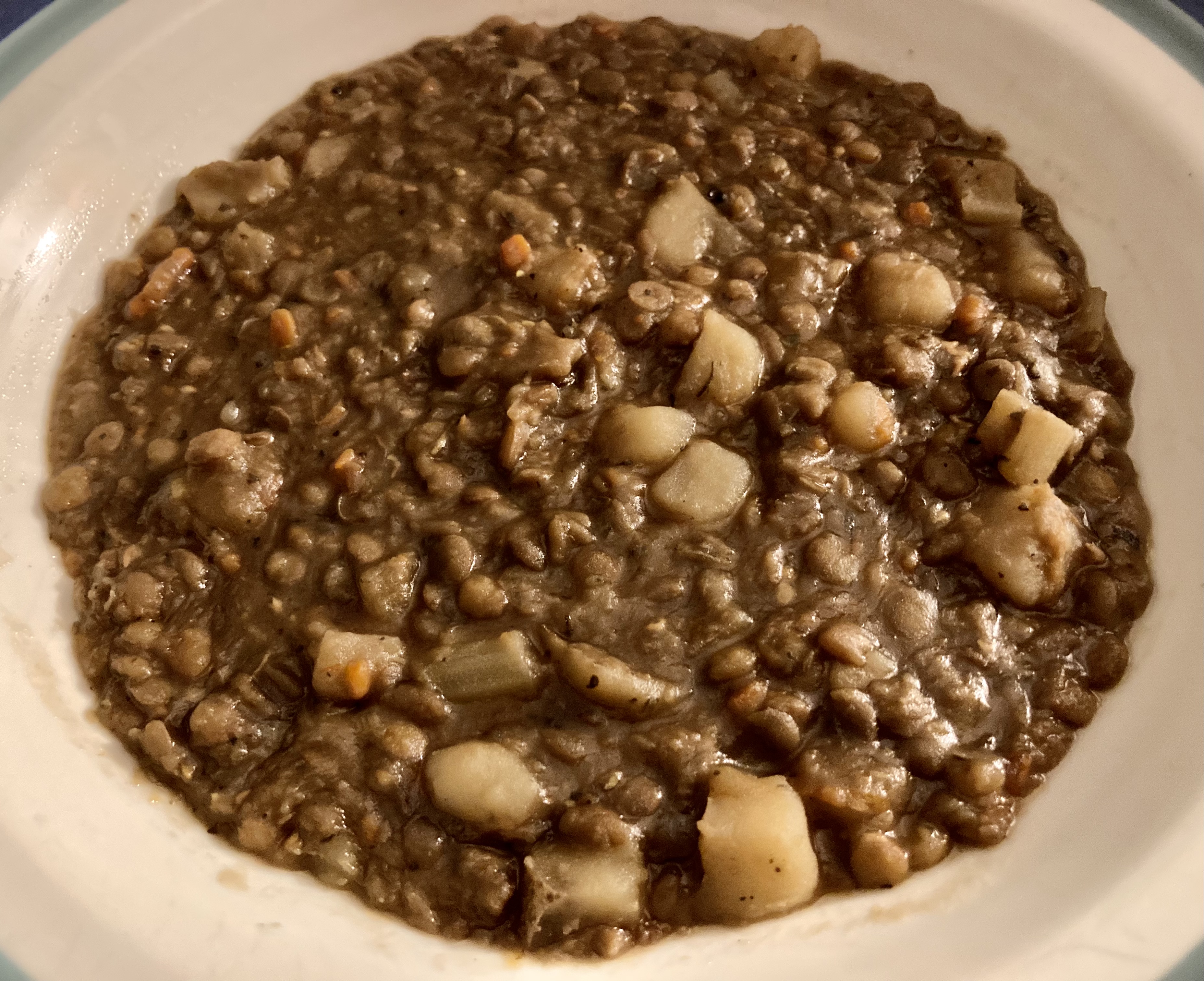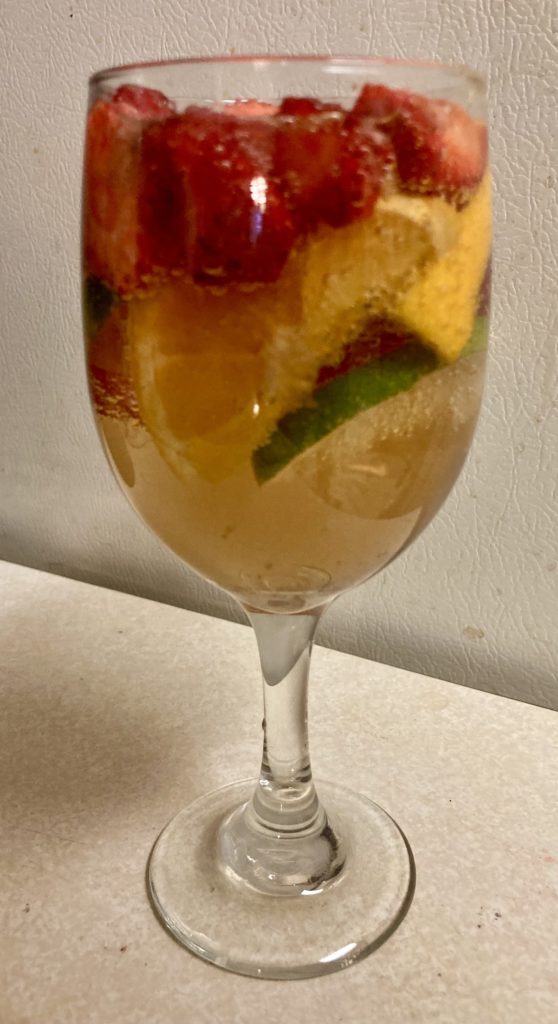I’ve started writing things on my to-do list that I know I will not forget to do, just for the pleasure of crossing them off and reminding myself of all I DID get done on those days I look back and ask myself, where did the day go?
Hard-boiled eggs how-to

My friend Terri Lynn Coop has mastered the secret of perfect hard boiled eggs.
I don’t know her secret, but I’m happy to share mine.
Take this as advice from someone who sometimes boils dozens upon dozens at a time.
(That doesn’t make me an eggs-pert, but I’m pretty good.)
Bring the water to a boil. Add some vinegar and salt to it.
While you’re waiting for it to come to boil, pierce the large end of the egg with a pushpin or something.
Slip the eggs into the boiling water.
Cook them your usual time.
When that’s over, pour off the hot water and add cold water to cover.
Pour THAT off and change it again. Or just put the pan in the sink and keep flowing cold water over it.
Start peeling those eggs when they’re just cool enough to handle. Smack the large end against something firm and start peeling there.
And remember – the freshest eggs are the hardest to peel.
Happy New Year! Lentil soup time!

(Note: I see that I posted my lentil soup recipe before, three years ago.
I’M KEEPING THEM BOTH.
pmbaxter.com/index.php/2020/01/01/lentil-soup/
Key difference: the earlier recipe is scaled toward a smaller batch of soup, using 1/2 pound of lentils. This recipe is for a larger batch using the full pound.)
It’s a family tradition, and it’s delicious. AND it’s easy to make. You can make it too! Here’s how.
(Note that this is going to be about how I cook as it is about making lentil soup, specifically.)
Ingredients: dried lentils, water or stock, onions, garlic, potatoes, carrot, celery, bay leaf, oregano, bacon or ham (optional), soy sauce (optional), Worcestershire sauce (optional), crushed red pepper (optional)
You need to start with a good-sized pan or kettle. Add enough oil to cover the bottom of the plan, put the heat on medium, and add: some onion – at least one large or a couple medium, chopped. Add a potato or two, diced. I leave the skins on. You don’t have to.
When the onion has softened, maybe even taken on a little color, add several cloves of garlic, peeled and chopped or sliced thin. Give it another minute, and then – add your dried lentils. One pound. Add enough liquid to cover them, plus an inch or so. You have choices on liquid. Water is OK. Stock or broth is better. Vegetable stock, chicken stock, ham stock.
With the heat on medium, it should come to a simmer. While it’s doing that. add some celery and carrots. I’d probably start with three stalks of celery, sliced or diced, and a good-sized carrot or two medium carrots, again, sliced or diced. Larger slices or dices will be more likely to wind up with identifiable chunks in the finished soup. Smaller pieces will be more likely to blend in. Your preference here!
Now we season things a little bit! And again, you get to make choices. When I want a little salt in a recipe like this, I frequently use a little soy sauce, which gives you sodium and bonus umami. The trick here is to use it fairly sparingly. Like the garlic, I don’t want this to taste distinctly of garlic (or soy). It’s just one in the chorus of flavors. If you don’t use soy sauce, add salt to taste. Again, sparingly – flavors tend to intensify as this simmers. If you’re using premade stock rather than your own homemade stock, be even more careful with salt.
Several other performers in the chorus – a splash of Worcestershire sauce, a bay leaf or two depending on their size, and a sprinkle of oregano. Oh, and I add a little crushed red pepper.
One last thing you can add, or omit, is meat. I like ham (chopped, again as you like. Want big chunks? Fine. Smaller cubes more evenly distributed is good also.) Or bacon. The good thing about bacon is you can start by frying the bacon, remove the bacon (crumble and reserve it to be added along with the carrots and celery), and use the rendered fat to brown the onion and potatoes.
That’s it! Let it simmer away.At this point, you can probably cover the pan and reduce the heat to low. Give the soup an occasional stir. Keep watch; don’t let it burn in the pan, and keep adding liquid as needed. If you started with stock, you don’t necessarily need to add more stock. Water is fine.
When the lentils are cooked and the vegetables are done to your degree of satisfaction, it’s done! Serve and eat!
A couple more variations on the process: some chopped mushrooms are good in this, if you like mushrooms. I’ve added a tomato when I had a sad and lonely tomato just sitting around with nothing better to do. Some curry to taste can also be good. When you serve it, whether you added curry or not, a swirl of plain yogurt is tasty too.
This same basic recipe serves to make split pea soup as well, substituting dried split peas for the lentils. It could be bean soup if you substitute canned and drained beans (or soaked, cooked and drained dried beans.)
One last note. this makes a fair amount of soup. It does freeze well, it reheats well, and if you want, just cut the recipe in half. Make it with a half pound of dried lentils.
I hope you try making this, and I hope you enjoy it!
Practical considerations for a dog’s vocabulary
I learned today that dogs may understand a human vocabulary of 150 words or so.
And I thought, I hope those 150 are the most utilitarian, and not something esoteric like sesquipedalian.
I mean, sesquipedalian is a fine word, but a dog’s not gonna have that many chances to hear it and act on it.
Carol of the Backup Beepers
Two fire trucks
Backing into the fire station
Each at their own pace
Their backup beepers
At perfect pitch —
Synchronous to start
Slipping out of phase
And into a perfect
Syncopation
In a performance worthy of
Phillip Glass
On the first day of Thanksgiving …
🎶 On the first day of Thanksgiving, my true love gave to me… 🎶
Oh, wait.
That’s not it.
I knew there was a reason I avoid listening to Christmas music until AFTER Thanksgiving.
(Happy Thanksgiving! 🦃 )
Farewell to the New York State Fair, 2022 edition

waves a fond farewell to the 2022 New York State Fair
Thanks for my good new memories.
How To Make Perfect Rice
it’s pretty easy. if I can find fhe cookbook I learned it from, I’d cite it. But the technique is simple, and scalable.
Start out with a saucepan appropriate to the volume you’re gonna need. I’m going to guess that’ll be a 2 1/2 or 3 quart saucepan, especially if you want leftovers. And who doesn’t want leftover rice?
We’re going to start with one cup of rice.
Add not quite twice as much water. Let’s say, 1 3/4 cup to start. Adjust subsequent batches to taste.
Add your additions to taste. I add a little salt, a little turmeric, maybe a little butter.
Now: bring it to a boil.
Take the heat down to where it is barely simmering – medium low on my stove.
Put a lid on the pan, barely cracked. Set your timer for 15 minutes.
When the timer goes off, take the pan off heat and set the timer for another 15 minutes. Close the pan lid on the pan.
That’s it. You’re done,. When that’s done, your rice is done,. Fluff it up with a fork and serve. it won’t be sticking in the pan or burnt on. It’ll be… perfect. If it’s not quite perfect, you might need to use a little more water, or use a little less, to your taste.*
Enjoy!
Sangria!
I made white sangria yesterday for friends, and it was popular enough that I thought I would create a post about it and share the recipe.

There are drinks I think of as summer drinks and winter drinks, and sangria is one of those summertime drinks. It’s delicious and refreshing, and easy to make from ingredients you may already have on hand from a moderately well-stocked bar.
Here’s how I made mine.
I was planning on making it for a small group, so I wanted to make about two liters. I started with a simple box wine. Use the wine that is the level of sweetness you prefer.
Find a good-sized container, and add about five cups of that white wine. If you have the opportunity, you might want to chill the wine first. (If you don’t, it doesn’t hurt it for you to add some ice cubes to the finished product.)
To that white wine, add:
- 1 cup peach schnapps
- 1 cup apricot brandy
- 1 cup triple sec
That’s it! That’s the base sangria!
Ah, but we’re just getting started. Now we need some fresh fruit. I bought some strawberries, one orange, one lemon, one lime, and one nectarine.
I cut these up and added some of each to each glass (or let the individual add whichever they preferrred). I filled the glass part-way up with the white sangria, topped it off with some chilled spumante, and added a couple ice cubes. Done!
And this is where you can take this recipe and make it your own.
Use a sweeter wine, or a drier one.
Use red or rose if you prefer.
One rascal spotted some spiced rum on the table and splashed some of that in.
Use club soda or ginger ale instead of spumante or champagne or sparking wine.
Instead of peach schnapps, use peach nectar.
Throw some orange juice in, or orange juice concentrate instead of the triple sec.
Use plain brandy instead of apricot brandy, or use some other fruit brandy.
The choice is yours.
Now, you may be saying, that’s fine if you’re making sangria for a group. What if I only want a small amount?
The base is no problem. Since the above recipe is in units of cups, use a smaller unit. A shot is an ounce and a half, so if you combined five shots of white wine with one shot each of peach schnapps, apricot brandy, and triple sec (or your preferred substitute), you’ve got eight shots of sangria base. That’s twelve ounces; about enough for two glasses of sangria once you add in the fruit, the sparkling liquid of choice, and maybe an ice cube or two.
And if you don’t have all those fruits on hand, no problem! One of my friends assembled a glass with just strawberries. A little citrus does help offset the sweetness, but get inventive and make whatever replacements suit your taste.
I wish you happy experimentation in making your own sangria! And I’m going to bet any sangria you make will be far better than any you’ve ever bought in a bottle or box.
Happy Full Strawberry Moon!

It’s the Full Strawberry Moon, and I knew what I needed to do.
